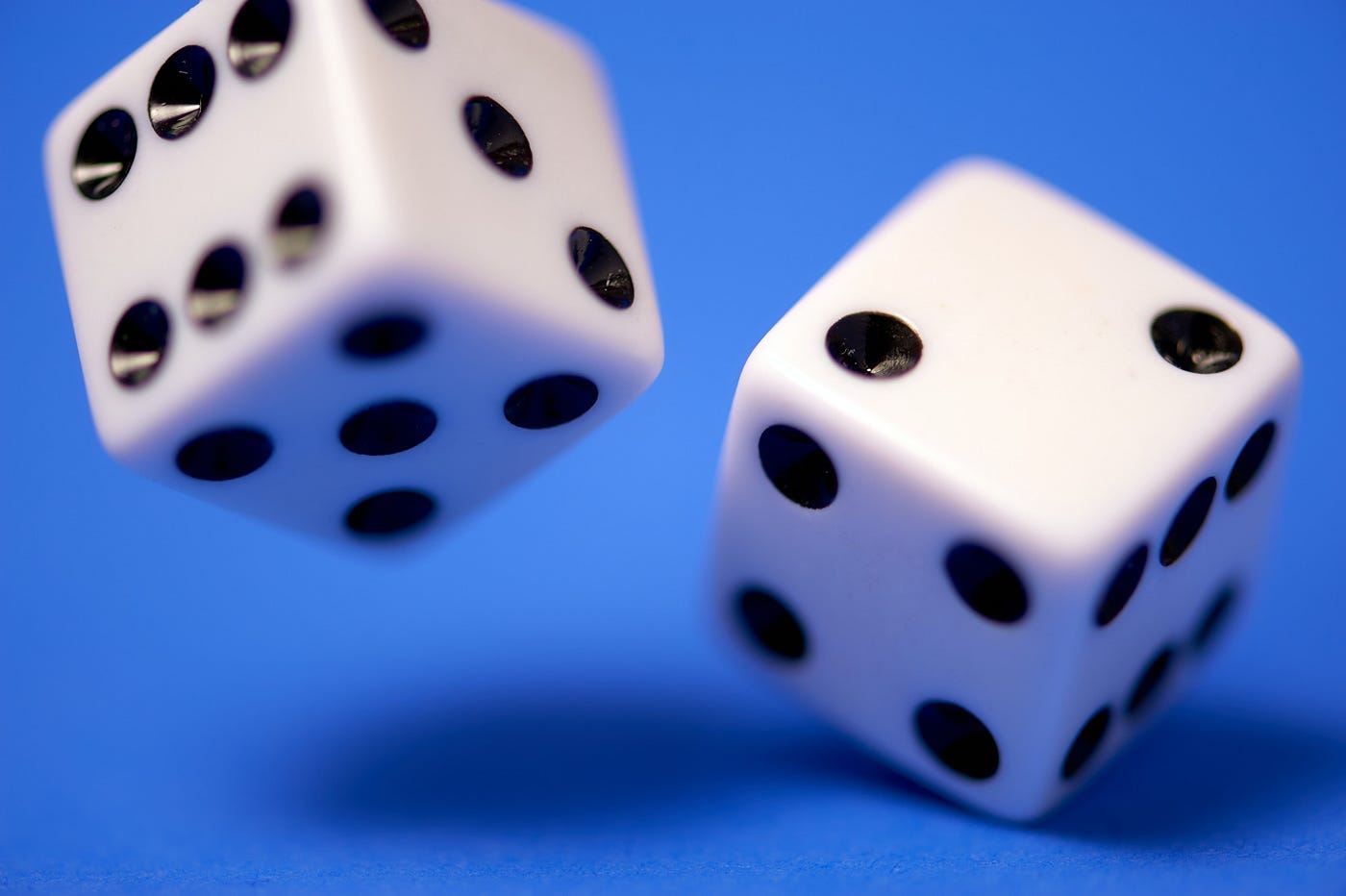P-Value: Unveiling the Secret Messenger of Statistical Significance
Ah, the elusive P-value! A term that has perplexed many, from budding statisticians to seasoned researchers. But fret not, dear reader, for today we shall embark on a journey to demystify this statistical enigma, exploring its depths and understanding its subtle messages in the realm of hypothesis testing.

Decoding the P-Value: A Whisper of Evidence
Imagine you’re a detective, and the P-value is a secret messenger, whispering clues about the suspect (hypothesis) you’re investigating. The P-value doesn’t outright tell you if the suspect is guilty (if the hypothesis is true), but it subtly indicates how strongly the evidence at hand contradicts the suspect’s claims of innocence.
Rolling the Dice: Understanding Null Hypothesis
Picture the null hypothesis as betting on a fair dice. You assume that the dice isn’t biased (null hypothesis) and will show any number from 1 to 6 with equal probability. A P-value is like the outcome of a roll. A roll of 6 doesn’t prove the dice is biased, but if you keep rolling 6s, your suspicion (evidence against null hypothesis) grows.
The P-Value Spectrum: Navigating Through Shades of Evidence
P-Value < 0.01: Strong evidence against the null hypothesis, suggesting it may be worth rejecting.
P-Value > 0.05: Weak evidence against the null hypothesis, so you may consider not rejecting it.
P-Value In-Between: It’s a grey area where the evidence is not strong enough to make a clear decision.
Cracking the Code of Grandma’s Cookies: A P-Value Adventure
In the cozy realm of Grandma’s kitchen, where the air is perpetually sweetened with the scent of freshly baked cookies, a family debate has lingered for generations: does Grandma sneak a dash of cinnamon into her secret recipe? Today, armed with the statistical prowess of P-values, we shall embark on a delicious journey to unravel this culinary mystery.
🍪 The Experiment: A Taste of Mystery
In an attempt to decode Grandma’s secret recipe, we conduct an experiment. Two batches of cookies are baked: one with cinnamon (as per Group B’s belief) and one without (as per Group A’s belief). A blind taste test is organized, where family members are asked to identify which batch tastes like Grandma’s legendary cookies.
📜 Null and Alternative Hypothesis: Setting the Stage
Null Hypothesis (H0): Grandma does NOT add cinnamon to her cookies.
Alternative Hypothesis (H1): Grandma DOES add cinnamon to her cookies.
In the statistical world, we begin with a skeptic’s perspective, assuming no effect (H0). Our experiment will challenge this skepticism by testing if there’s enough evidence to support the alternative (H1).
Keep reading with a 7-day free trial
Subscribe to Bragadeesh’s Substack to keep reading this post and get 7 days of free access to the full post archives.

